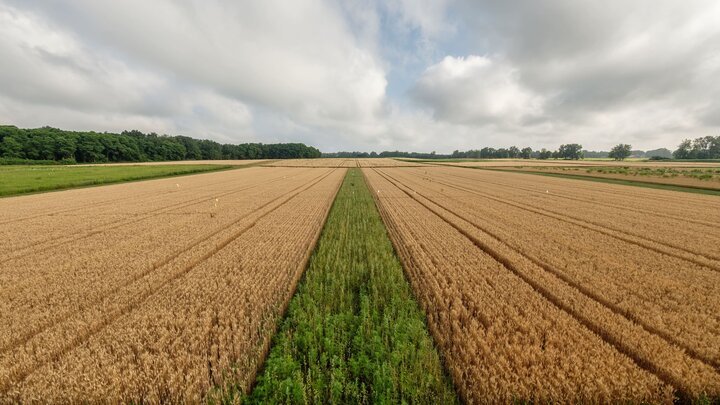Perennial grasses, cover crops, and no-till planting all contribute to organic carbon gains
Organic matter such as carbon is key to healthy soil and crop productivity. Yet modern farming practices tend to deplete this vital resource.
In a newly published study, scientists with the Great Lakes Bioenergy Research Center used a unique long-term field experiment to show how farmers can rebuild this critical resource.
“It’s possible to build soil carbon, and therefore to build soil fertility and restore degraded soils, through careful crop management,” said Phil Robertson, a distinguished professor of plant, soil and microbial sciences at Michigan State University who oversaw the experiment. “Adopting practices like cover crops and no-till can build soil carbon fairly quickly and in surprising ways, as can growing perennial crops such as those used for bioenergy and bioproducts."
Carbon accounts for about half of soil organic matter, the mix of living and decaying plants, animals, and microbes found in topsoil. This organic matter boosts fertility, resists erosion, and holds water while also allowing it to infiltrate, making soil and cropping systems more resilient.
“It's the backbone of a healthy soil,” said Carolina Córdova, an assistant professor of agronomy and state soil health specialist at the University of Nebraska–Lincoln, who led the study as a postdoctoral fellow at MSU.




